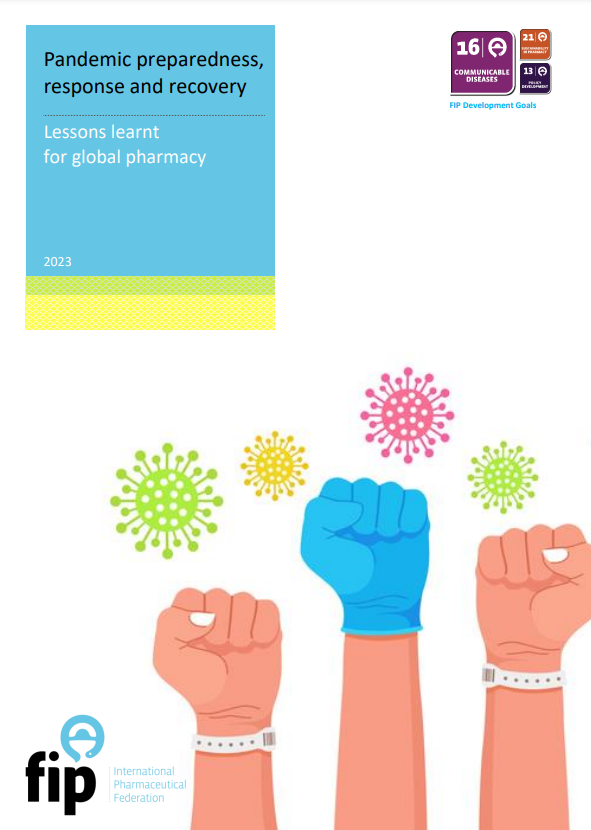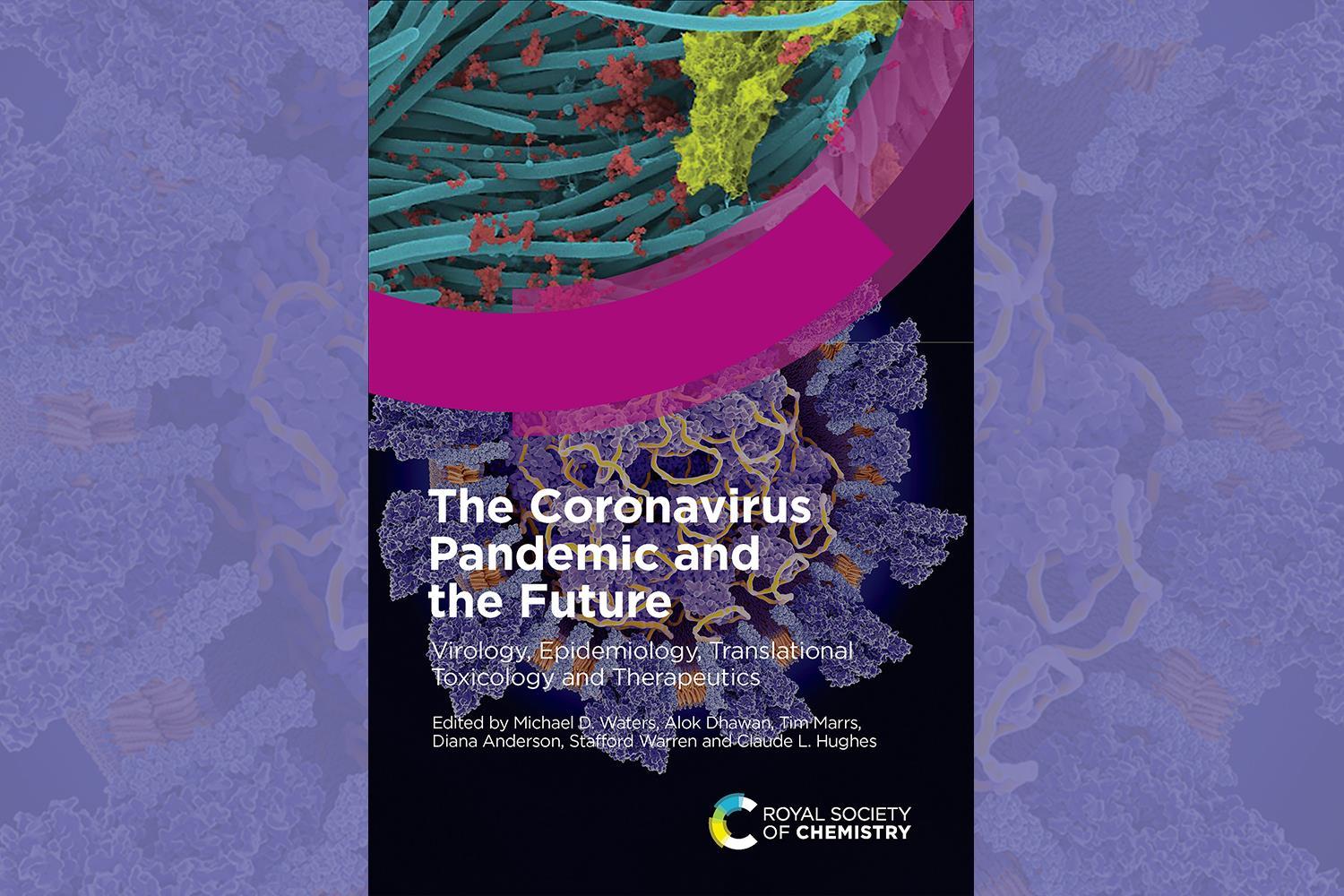Global Readiness: Strengthening for Future Pandemics

Strengthening Resilience: Global Readiness for Future Pandemics
The ongoing global pandemic has underscored the importance of global preparedness for health crises. In this article, we explore the initiatives and strategies employed to enhance global pandemic preparedness, ensuring a more resilient response to future challenges.
Lessons from the Current Crisis: Informing Future Strategies
The current global health crisis has provided invaluable lessons in the importance of preparation. Understanding these lessons forms the foundation for future strategies, emphasizing the need for a proactive approach in addressing potential pandemics before they escalate.
International Collaboration: Building a Unified Front
One of the pillars of global pandemic preparedness is international collaboration. Countries, organizations, and research institutions must work together to share information, resources, and expertise. Building a unified front fosters a collective response that transcends borders, ensuring a faster and more coordinated reaction to emerging health threats.
Investing in Public Health Infrastructure: A Long-Term Commitment
Global pandemic preparedness requires sustained investment in public health infrastructure. This includes bolstering healthcare systems, establishing robust surveillance mechanisms, and ensuring an adequate supply of medical resources. A long-term commitment to strengthening these foundations is essential for effectively managing and containing future outbreaks.
Research and Development: Advancing Vaccine Technologies
Advancements in vaccine technologies are pivotal for global readiness. Ongoing research and development efforts focus on creating adaptable and scalable vaccine platforms. Investing in these technologies allows for quicker vaccine development and deployment when facing novel pathogens, minimizing the impact of emerging health threats.
Surveillance and Early Warning Systems: Anticipating Challenges
Early detection is crucial in pandemic preparedness. Surveillance and early warning systems, both domestically and internationally, play a key role in anticipating and identifying potential health challenges. These systems enable rapid response measures, helping to contain outbreaks before they reach catastrophic levels.
Capacity Building in Developing Nations: Ensuring Equitable Preparedness
Global readiness is only as strong as its weakest link. Capacity building in developing nations is a critical aspect of preparedness. This involves providing resources, training healthcare professionals, and establishing sustainable healthcare infrastructures to ensure that all nations can effectively respond to health crises.
Education and Awareness: Empowering Communities
An informed and aware population is a formidable asset in global pandemic preparedness. Education initiatives that focus on preventive measures, early symptoms recognition, and community resilience empower individuals to actively participate in their own well-being. Building a culture of awareness enhances the overall effectiveness of global health responses.
Global Governance and Coordination: Strengthening Institutions
Effective global pandemic preparedness requires strong governance and coordination. Strengthening international institutions, such as the World Health Organization (WHO), and establishing clear protocols for collaboration and decision-making ensure a cohesive and unified global response to health emergencies.
Public-Private Partnerships: Harnessing Innovation and Resources
Engaging public-private partnerships is a key strategy in global pandemic preparedness. Collaborating with the private sector brings innovation, resources, and efficiency to the table. These partnerships facilitate the development of new technologies, the production of medical supplies, and the distribution of vaccines on a global scale.
Looking Ahead: A Resilient Future
As the world grapples with the current pandemic, global pandemic preparedness emerges as a collective responsibility. By learning from the present challenges, fostering international collaboration, investing in infrastructure, and empowering communities, the global community can build a more resilient future that is better equipped to face and overcome emerging health threats.
For more insights on global pandemic preparedness, visit Global Pandemic Preparedness.
Strategic Pandemic Containment: Effective Global Approaches

Strategic Pandemic Containment: Effective Global Approaches
In the ongoing battle against global health crises, understanding and implementing effective Pandemic Containment Strategies are paramount. This article delves into the multifaceted approaches that contribute to successfully containing pandemics on a global scale.
Early Detection and Surveillance
Pandemic Containment begins with early detection and robust surveillance systems. Identifying and monitoring potential outbreaks allow for swift responses, enabling authorities to implement containment measures before the situation escalates. Surveillance is a cornerstone in preventing the rapid spread of infectious diseases.
Strategic Testing and Contact Tracing
Strategic testing and contact tracing are integral components of Pandemic Containment Strategies. Widely available testing, combined with efficient contact tracing, helps identify and isolate infected individuals promptly. This proactive approach disrupts the chain of transmission and limits the spread of the virus.
Quarantine and Isolation Protocols
Implementing effective quarantine and isolation protocols is crucial in controlling the spread of a pandemic. By isolating infected individuals and quarantining those exposed, authorities can minimize the risk of widespread transmission. Clear guidelines and communication are essential for public adherence to these protocols.
Vaccination Campaigns and Immunization
A cornerstone in Pandemic Containment is widespread vaccination. Vaccination campaigns contribute to achieving population immunity, reducing the severity of illness, and preventing further spread. Ensuring equitable access to vaccines globally is essential for comprehensive and effective containment.
Public Health Education and Communication
Transparent and accessible communication is vital in Pandemic Containment. Public health education campaigns inform the public about the virus, preventive measures, and the importance of cooperation. Clear and consistent messaging fosters a sense of shared responsibility and encourages adherence to guidelines.
Global Cooperation and Data Sharing
Global cooperation is indispensable in Pandemic Containment. Countries and organizations must share information, resources, and expertise. Collaborative efforts enhance the collective response, allowing for a more unified approach to challenges such as vaccine distribution, research, and containment strategies.
Adaptive Policy Implementation
Flexibility in policy implementation is key in dynamic situations. Governments and health authorities must adapt Pandemic Containment Strategies based on evolving circumstances. This adaptability ensures that responses remain effective in addressing the unique challenges posed by each phase of a pandemic.
Community Engagement and Support
Pandemic Containment is more effective when communities actively participate. Engaging the public through community outreach programs, addressing concerns, and providing support fosters a sense of shared responsibility. Communities become active partners in the fight against the pandemic.
Technological Innovations in Containment
Technological innovations play a pivotal role in Pandemic Containment. From contact tracing apps to data analytics, technology enhances the efficiency of containment efforts. Embracing and continually improving these innovations contribute to more effective and data-driven strategies.
Continuous Monitoring and Adaptation
Pandemic Containment is an ongoing process that requires continuous monitoring and adaptation. Regular assessments of strategies, analysis of data, and a willingness to learn from experiences contribute to refining and strengthening containment efforts over time.
Visit The Healthy Consumer to explore comprehensive resources and support for understanding and participating in effective Pandemic Containment Strategies. Together, let’s build a resilient global defense against health crises.




(501).jpg)

